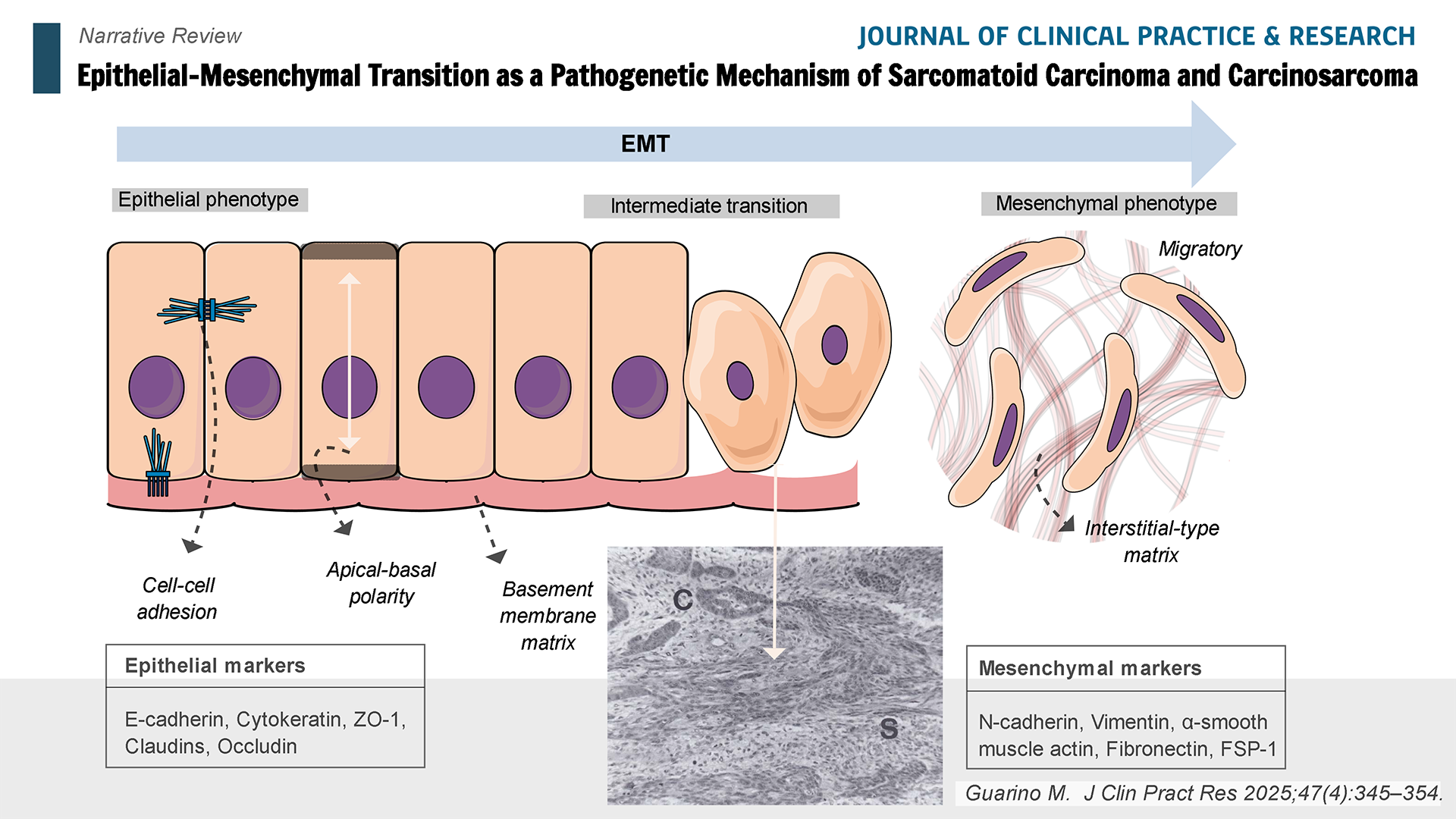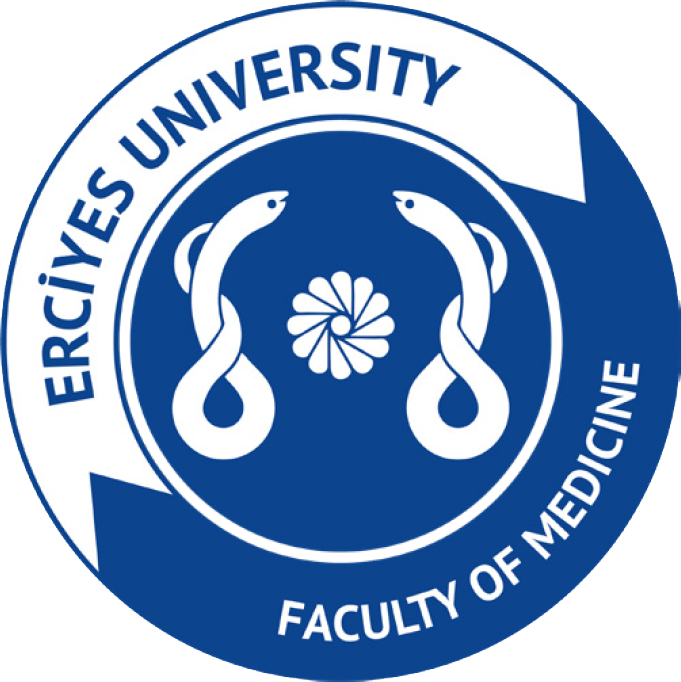Abstract
Epithelial-mesenchymal transition (EMT) is a phenotypic alteration that, in its most extreme form, involves the transformation of epithelium into mesenchymal cells. EMT is characterized by the loss of epithelial traits and the acquisition of mesenchymal characteristics, leading to increased cell motility. The tumor microenvironment, including cytokines, growth factors, extracellular matrix components, and hypoxia, significantly influences EMT, while key transcription factors such as the Snail, Zeb, and Twist families can trigger EMT in appropriate contexts. This process is relevant in various biological settings, including embryogenesis, wound healing, and fibrosis, as well as aspects of tumor progression such as invasion, metastasis, and acquisition of cancer stem cell-like properties. Although several studies in recent years have addressed the importance of EMT in these contexts, its role in the histogenesis of sarcomatoid carcinoma and carcinosarcoma has been less well recognized. Malignant tumors with a mixed phenotype featuring coexisting epithelial and mesenchymal-like tissues are a controversial area of pathology. They can occur in virtually any epithelial organ and display a wide range of microscopic appearances, depending on the degree of differentiation and the relationship between the two components. Morphological “transitional” zones between carcinomatous and sarcomatous tissue, along with the detection of intermediate epithelial-mesenchymal characteristics within the same cells by immunohistochemistry or electron microscopy, are distinctive features of these neoplasms, offering crucial insights into their histogenesis. Here, we propose a unifying histopathogenetic mechanism for sarcomatoid carcinoma and carcinosarcoma based on EMT, involving the conversion of carcinoma into sarcomatoid tissue. We review clinicopathologic evidence supporting this mechanism over alternative theories.
Graphical Abstract



